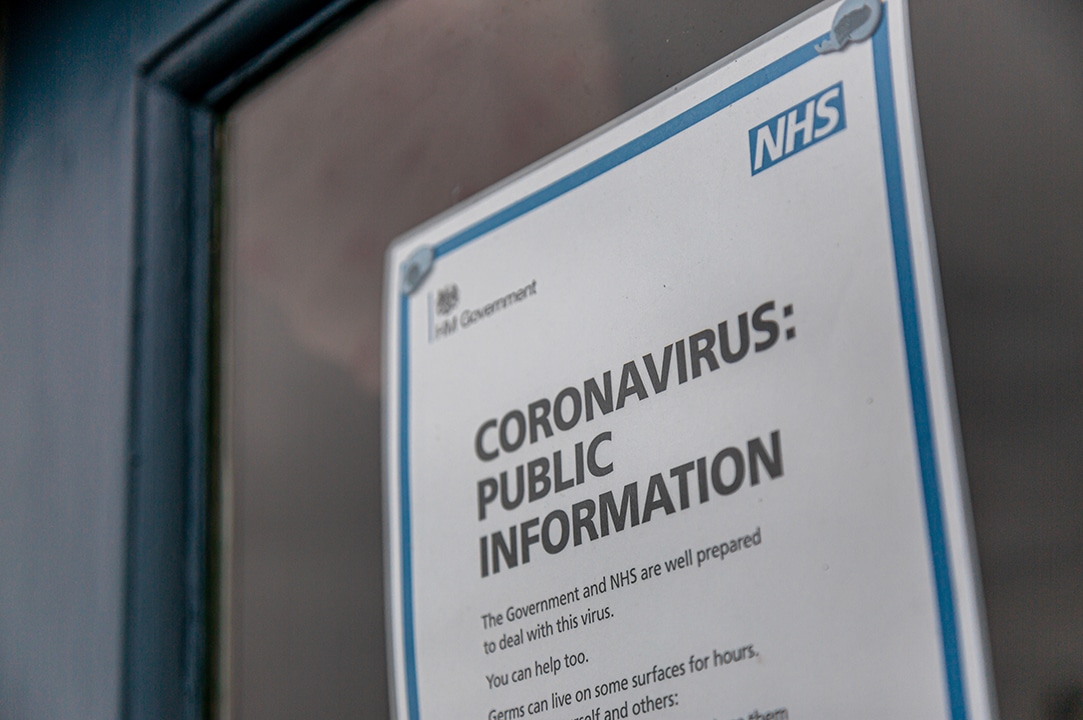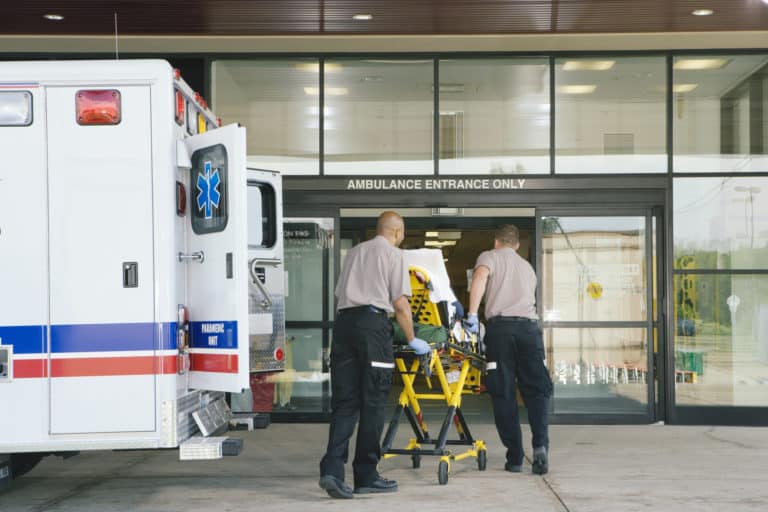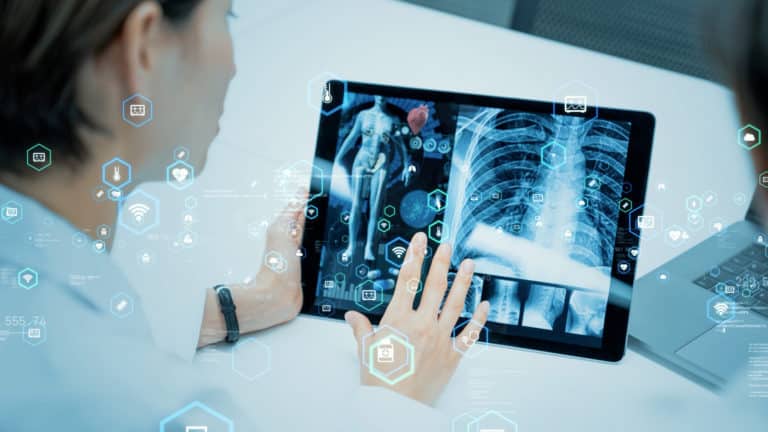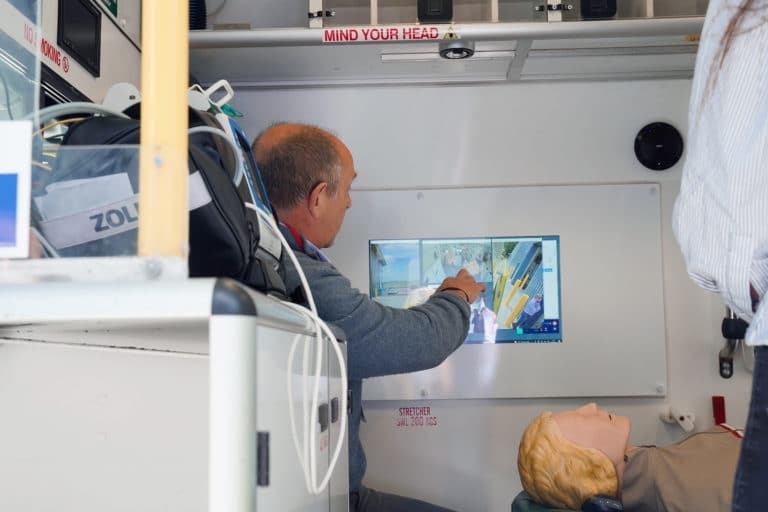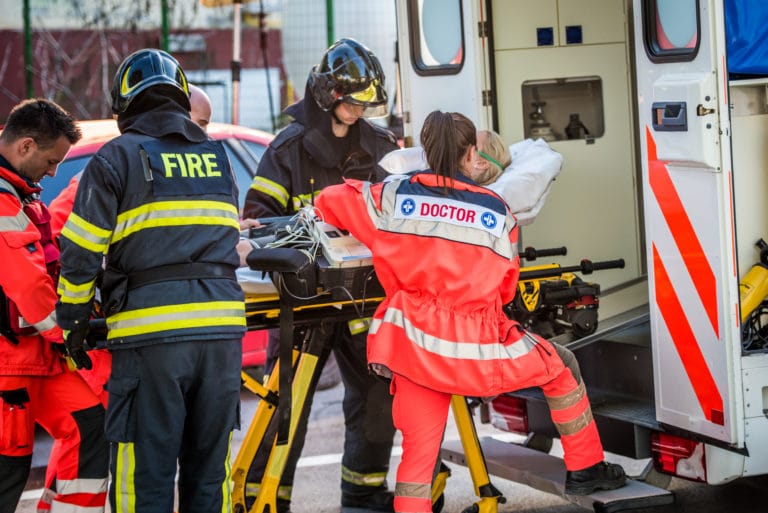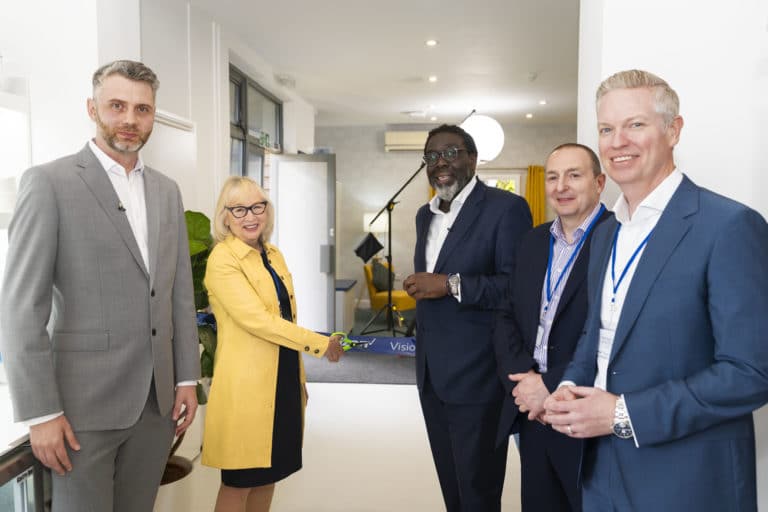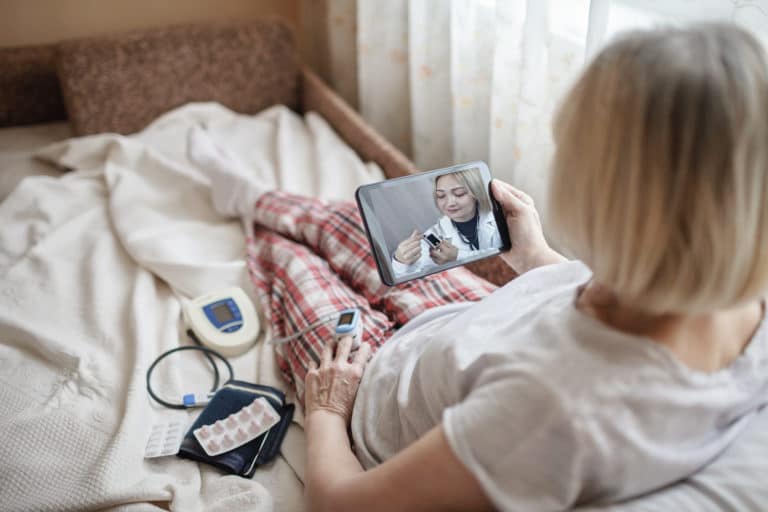Ash Thornley-Davies, head of UK sales, reflects on the first, six, hectic weeks of the Covid-19 crisis, when Visionable found itself scrambling to deliver virtual clinic solutions to NHS trusts that wanted them “now”, and what they will mean for the use of healthcare technology in the future.
In the first week of March, we were still working as normal. News about the novel coronavirus had been trickling out of China since January, and northern Italy had been locked down at the end of February.
But on 3 March, I was in Leeds for a meeting with NHS England and references to the disease were quite jovial. We were asking “can we still do handshakes?” because social media was full of people doing elbow-bumps.
The second week of March started the same way. Then, on Wednesday, 11 March, everything shifted. An NHS trust called first thing, asking me to get 1,000 staff set up the same day. After that, it all went crazy.
We were getting calls and emails every minute from NHS trusts. Some of these organisations had been evaluating Visionable for a year, and suddenly all they wanted to know was “how soon can we get it?”
By the third week of March, it was clear the UK was heading for some sort of lock-down. I started working from home on Monday, 16 March, but that week is just a blur. I barely looked up from my screens until the following Monday, 23 March, when the official “stay at home” instruction was issued.
The NHS moves clinics online
In those first weeks, NHS trusts wanted the virtual clinic. Doctors were already self-isolating because they were sick or members of their families had symptoms, but they still needed to work and keep cancer clinics and other vital services going.
At the same time, patients were self-isolating, so they didn’t want to go onto hospital sites for routine appointments and tests. The virtual clinic was the ideal solution, because clinicians can schedule structured appointments with patients and then hold a video call with them.
Because the Visionable platform is hosted on Amazon Web Services, we had no issue with deployment, but we needed to help trusts onboard clinicians. We were fortunate that, unlike some of our competitors, we had a great UK support team in place, and we were able to quadruple it in two weeks.
We also saw the benefit of being a global company, because if there was an issue to resolve out of hours, we could call in help from the US. We successfully onboarded 16,000 NHS staff in four weeks and saw them deliver a 1,607% increase in video conferencing hours; around 4,200 hours of patient consultation.
Dying well and virtual visiting
Once the “stay at home” instruction was issued, things started to calm down. NHS trusts had the virtual clinic solution, and attention shifted to making best use of it. We saw more and more clinics move online, including services we hadn’t really considered before, like breast feeding support.
Babies don’t stop being born just because there is a pandemic, so trusts started using the virtual clinic to put new mums in touch with midwives.
Then, in the first two weeks of April, we saw the focus shift again, this time to keeping patients in hospital in touch with their families and friends. There was a shift to what the NHS calls dying well; or connecting patients in intensive care units with their loved ones.
One of our customers, West Suffolk NHS Foundation Trust, which is a global digital exemplar, put the virtual clinic on tablets that could be taken into ICU and used to make a video call to their next of kin.
Since then, we have been working with WiFi SPARK, which has set up hundreds of tablets with a version of our virtual clinic called Visionable:Connect, and deployed them across four hospitals to support virtual visiting. We have also been working with three hospitals in Ireland, one of which wants to deploy into a neonatal intensive care unit, so parents who have gone home can be connected with their baby.
Technology is here to stay
The past few weeks have had their ups and downs. The whole company has rallied around to support our NHS customers and we have developed strong relationships with them. At the moment, it feels as if we are still right in the crisis; but trusts are very aware that there is a backlog of operations building up, and medical issues that are not being dealt with.
Everybody thinks that now new technology has been deployed it is here to stay; and that it will have a role to play in managing that backlog. Trusts will need to find a way to go on managing outpatients and follow-up effectively to get through it.
We are also seeing reports on the news that the lock-down is likely to lead to a recession and that it will do more harm, particularly to people’s mental health. The Visionable virtual clinic is already in use in a number of community mental health services, and we expect we will be asked to deploy it more extensively in that sector.
In the eye of the storm, but ready for what comes next
If there is a risk with the NHS’ rapid pivot to digital, it is that some services have reached for systems that are not really built for what they need to do. I think there will be a bit of a backlash against doing things online where clinicians and patients have not had a great experience, but I hope that organisations will look around at what has worked and then come back for a better solution.
For the moment, it feels like we are in the eye of the storm. It is a lot calmer than it was, but we still don’t know what is coming. The good news is that we have been through some wild times, and we know we can go through them again if we need to.

